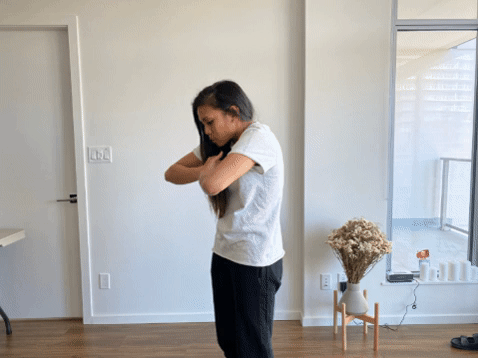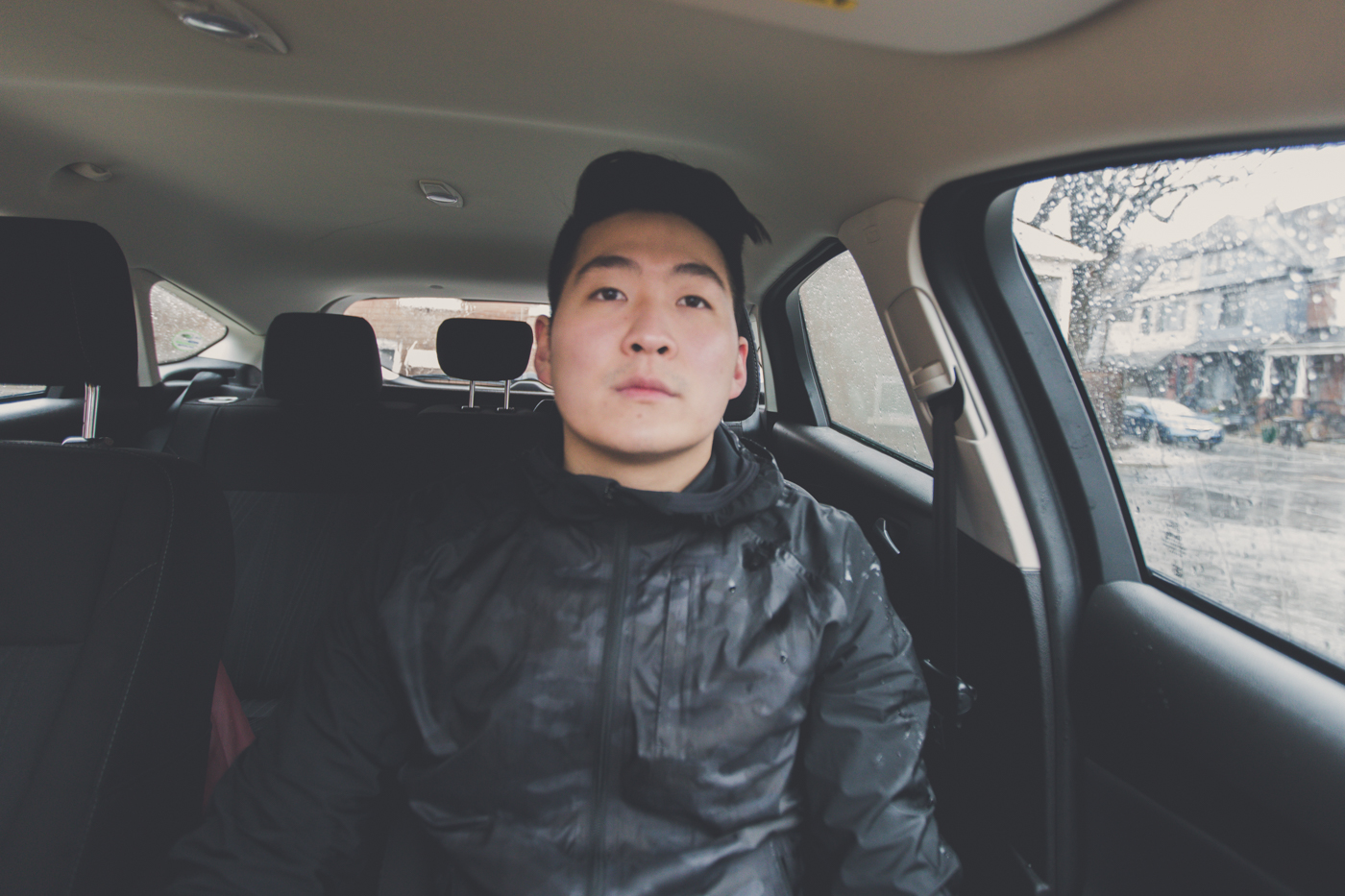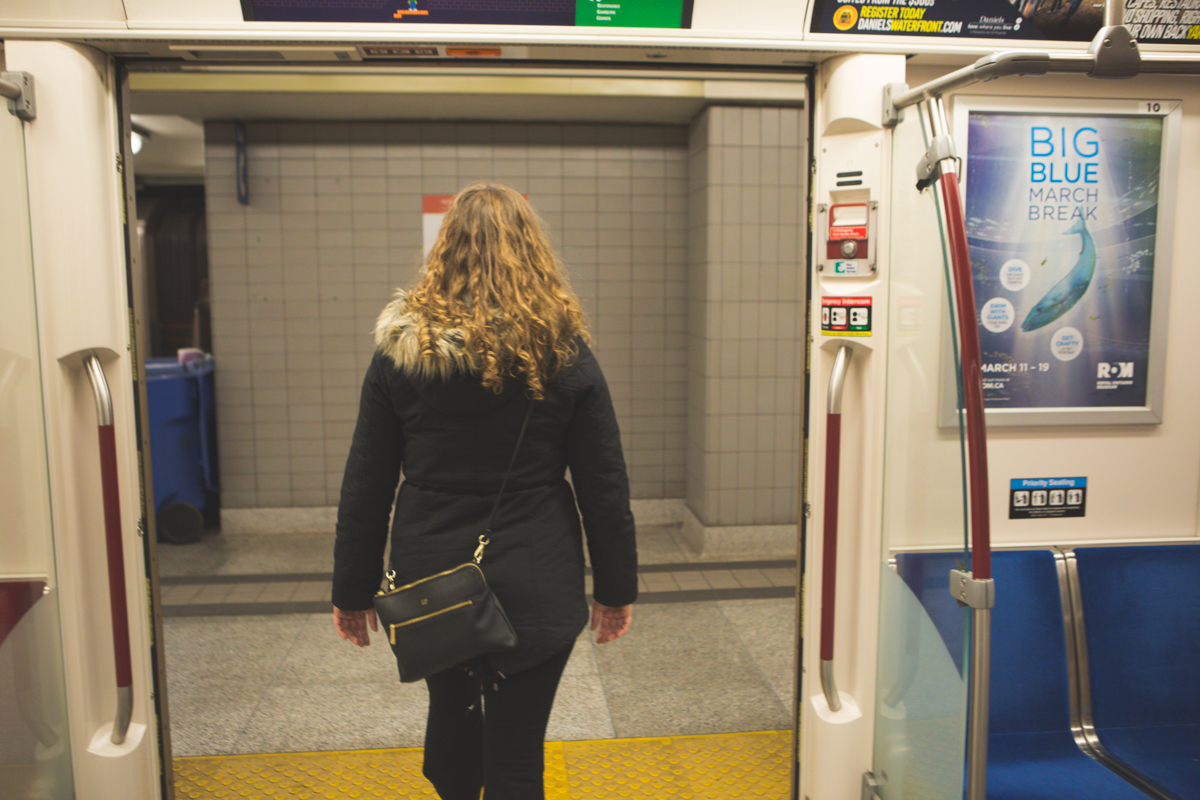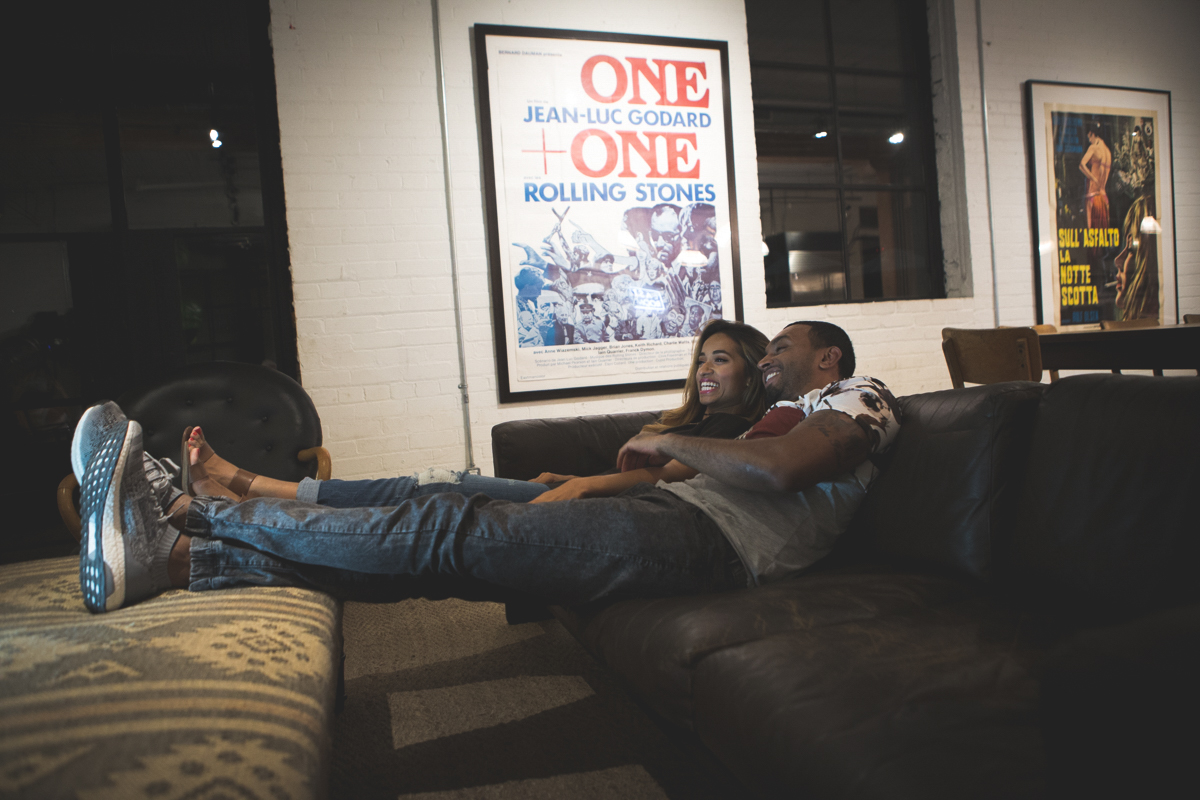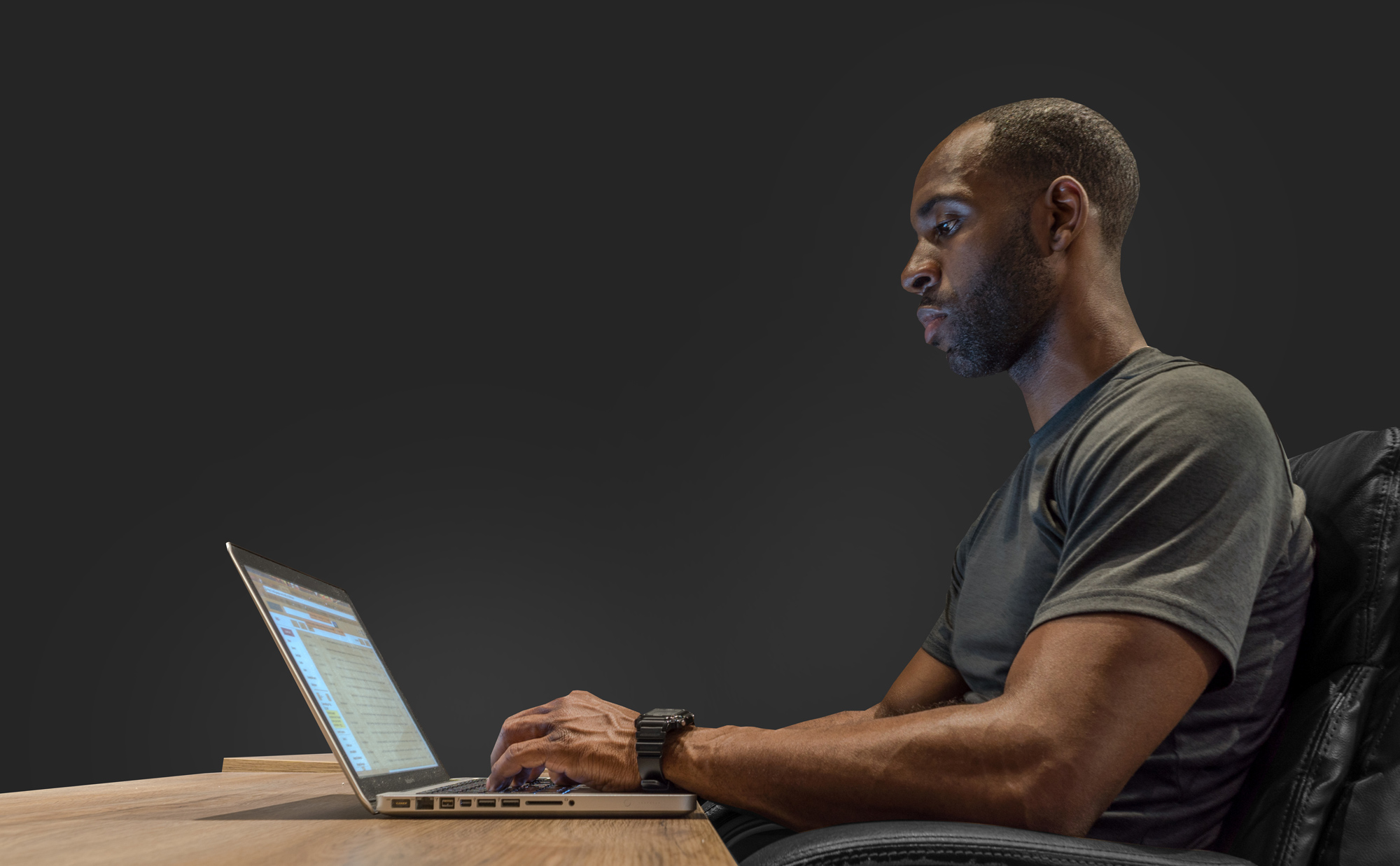The Key To Managing Sciatica
2022 was supposed to be the summer that Iggy Azalea would be touring with Pitbull. No doubt, the “Fancy” singer and her fans were beyond excited for this concert series. But in the middle of touring, she had to suddenly stop. On July 30th, she Tweeted: “So, I have sciatica. So fun!” She had to abruptly stop touring and manage this debilitating nerve pain.
What is Sciatica?
80% of people experience low back pain at some point in their life. At any given moment, nearly 9% of people are experiencing back pain right now. Yet, navigating back pain is often frustrating and confusing. The causes of back pain are numerous: nerve, muscle, joint, ligament, weakness, instability, trauma – all of which further branch out into other conditions.When it comes to low back pain, sciatica has become a household name in the medical community and public alike. Sciatica is pain or irritation of the sciatic nerve. It typically happens down one leg. The sciatic nerve is the largest nerve of the body. It stems from the spinal cord, and runs down the back side of the buttock and leg, and branches further into the calf and feet.
The sciatic nerve can become irritated in three main regions: the low back, the buttock, and the back of the thigh. People with sciatica often experience the following:

What Can Be Done?
Navigating sciatica can be scary. Having the right guidance is key. Our therapists at Myodetox can help determine the source of sciatica, and dedicate treatment specific to your needs.Full-Body Assessment
Our therapists are trained to identify the easing and aggravating factors associated with your sciatica. A proper full-body assessment ensures that nothing is missed, and that clarity towards your pain and movement concerns is provided.
Hands-on Therapy
Sciatica is often associated with movement restriction of the sciatic nerve. This means that a structure in the body may be pinching or impeding movement of the sciatic nerve, causing irritation and even pain. Whether it is joint, fascia, or muscle, taking a hands-on approach can provide alleviation of pain and freedom of movement.
Examples of hands-on therapy include joint mobilizations, myofascial techniques, muscle mobilizations, cupping therapy, acupuncture, and dry needling.
Exercise
Sciatica can significantly reduce your mobility. However, there is strong evidence supporting specific movements and exercises to regain your overall mobility. Finding a way to move safely requires a healthcare professional by your side. Our therapists will ensure you can progress your movement so that sciatica becomes a thing of the past.
Examples of exercises include sciatic nerve sliders and tensioners, mobility drills, and strength training. Your therapist will ensure that the appropriate treatment plan is clearly laid out so that you can get back to living your life, and doing what you love.












